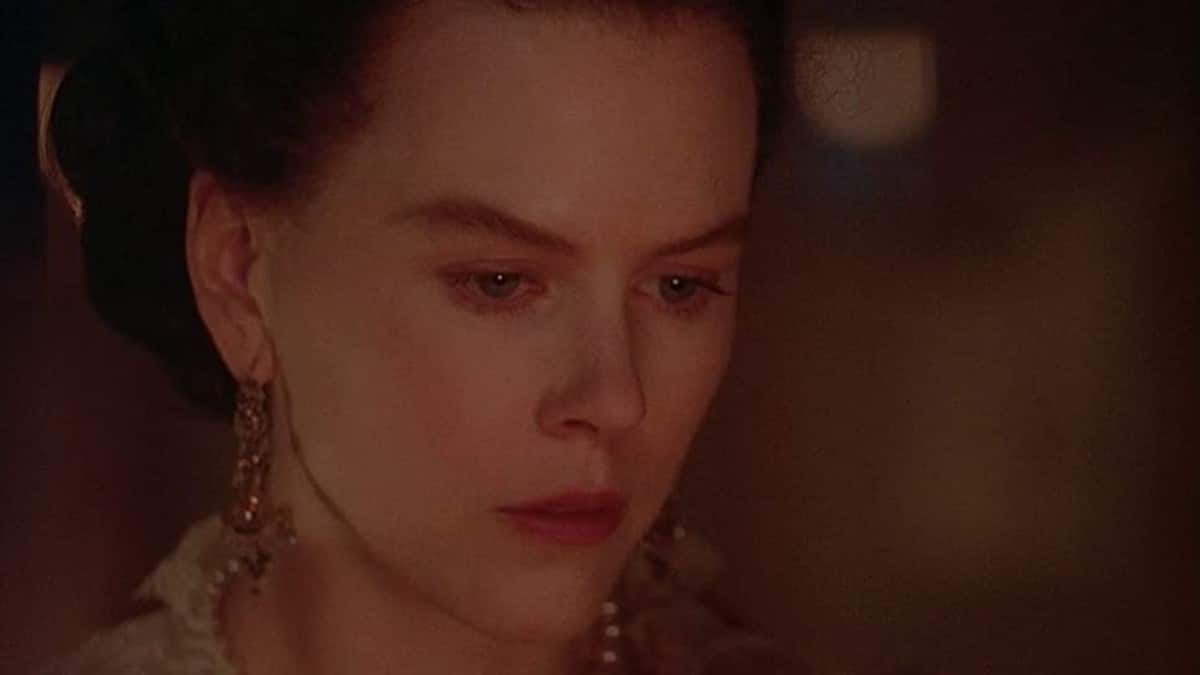Campion followed The Piano with a Henry James adaptation dedicated to the magnificently fraught question of desire or duty.
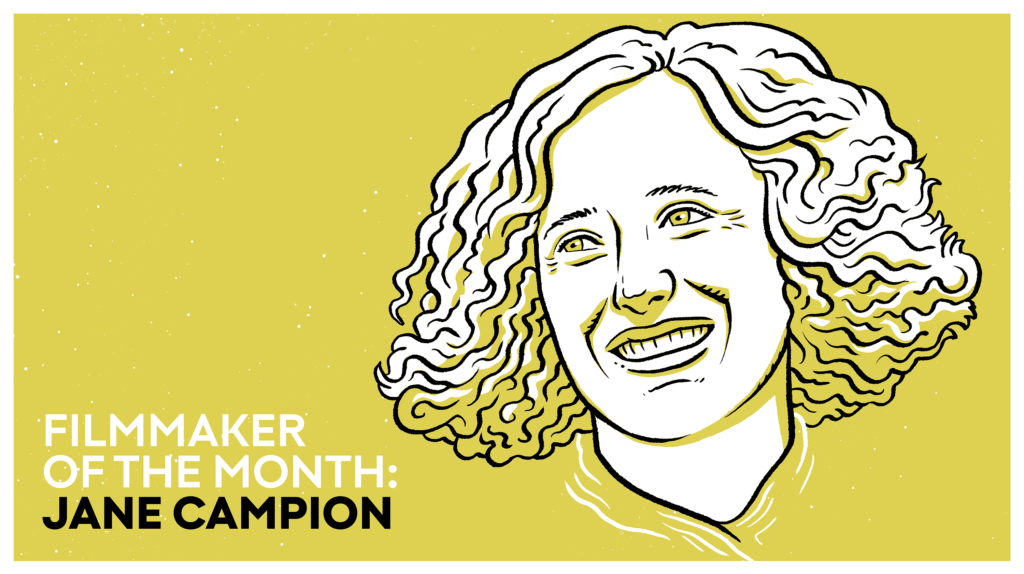
In the wake of the critical success of The Piano, Jane Campion’s 1996 adaptation of Henry James’s The Portrait of a Lady barely made a splash at the box office, grossing only a fraction of The Piano’s $140 million US earnings. It too seemed to puzzle critics. Some called it “claustrophobic” and “stifling,” and to be fair–they’re not wrong. The world that James creates in his masterful 600-page novel is at once lush and chilling, thrillingly intimate and so frustratingly tragic that as a whole it’s nearly impossible to quantify. James’s Portrait is not necessarily Campion’s, and vice versa. But few authors have had such a clear-eyed view of the inner lives of women, so it’s fitting that Campion–a director who has always portrayed women as they are, without pretense or romanticization–should be the one to adapt James’s greatest work.
Set in the last days of the 19th century, The Portrait of a Lady covers ground that James had already trod with The Wings of the Dove and The Ambassadors—Americans trying to navigate the murky waters of moving through European society. Nicole Kidman plays heroine Isabel Archer with wide-eyed intensity, a hedonistic streak visible just under the surface of her innocence and naivete. While visiting her family, the Turcottes, in England she is wooed by the wealthy and gentle Lord Warburton (Richard E. Grant). She is also eagerly pursued by the hot-blooded Caspar Goodwood (Viggo Mortensen), whose passionate overtures always prove a bit too much for Isabel’s inexperienced sensibilities. Alone behind closed doors, however, Isabel can succumb to her fantasy of being loved by three men at once–a scene that pops and crackles like fireworks across the screen.
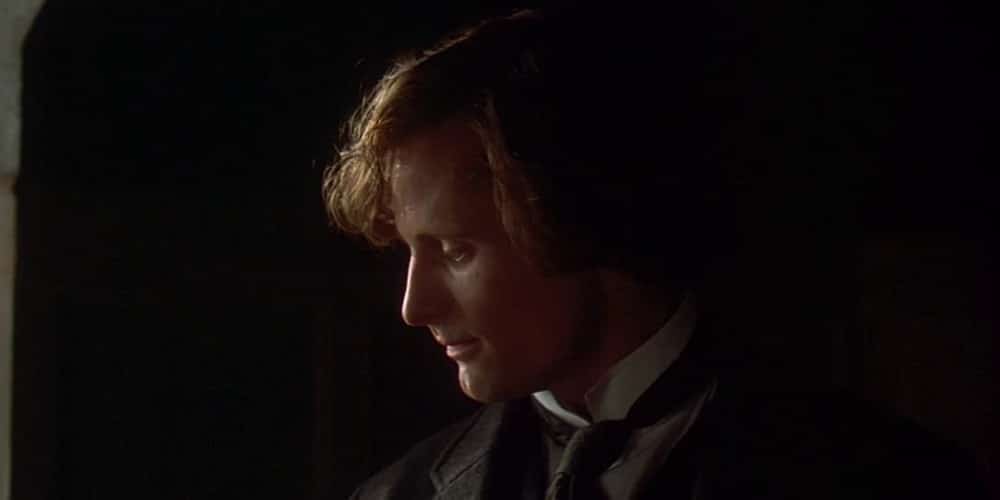
Of course, the only one among her suitors she feels truly drawn towards is her cousin Ralph Turcotte (Martin Donovan), a consumptive bohemian who loves Isabel but keeps her at arm’s length due to his ailing health. Ralph convinces his dying father (John Gielgud) to leave Isabel a fortune with no strings attached so that she might go out and experience life. And for a while, Isabel is determined to do exactly that, not fully grasping what an incomparably selfless gift Ralph has given her. As she did with The Piano’s heroine Ada, Campion takes great pains to illustrate how few choices women had at the time. Their futures were planned, their voices stifled, their bodies trussed with little to no thought of happiness or intellectual freedom. To quote Jane Austen,
“Happiness in marriage is entirely a matter of chance. If the dispositions of the parties are ever so well known to each other, or ever so similar before-hand, it does not advance their felicity in the least.”
It makes me wonder if Isabel Archer ever thought to pick up Jane Austen. She might have saved herself a world of trouble if she had.
It is only when Isabel meets the glamorous-yet-fading Madame Merle (Barbara Hershey) that things start to go awry, not only due to Merle’s machinations but because the Madame acts as a cautionary tale for Isabel. Merle’s penniless existence, relying on the kindness of friends to keep her afloat, is one possible future Isabel faces as an unmarried woman, flitting from place to place at the whims of those more fortunate, either by luck or by birth. The two women are almost inexplicably drawn to one another, Isabel awestruck by the older woman’s lived experience, and Merle seeing a path not taken—and perhaps a cruel diversion. Merle, now a veteran of navigating the perilous heights of European society, sees Isabel’s longing and her idealized desire to determine her own destiny. It’s here in The Portrait of a Lady that–like a true American–Merle finds opportunity.
It is with this opportunity that Campion veers left of the source material, as James painted Madame Merle and her lover/cohort Gilbert Osmond (John Malkovich) as less villainous and more dissolute, and Isabel more a victim of circumstance than her own choosing. That Osmond is a fortune hunter is without question, but here there are layers of duplicity and cruelty under his designs on Isabel. When they first meet, he acts the part of the humble intellectual ex-pat, yet plants his poisonous seed by gently mocking her dreams of an independent life while playing off of her artless hungers. Campion shorthands this with several black-and-white scenes shot to look like an old film reel, with Isabel unable to enjoy her freedom while Osmond’s lusty whispers run through her head.
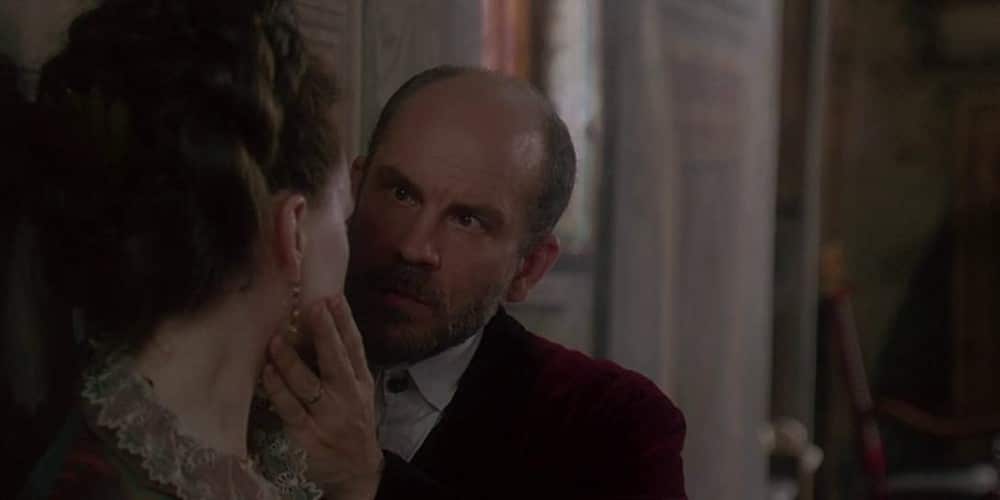
To a Henry James purist, Osmond and Merle may come across as cynical in Campion’s take on The Portrait of a Lady, but viewed through a 21st-century lens, it feels more plausible than any other part of the whole. Watching Isabel step through this very obvious trap is watching a disaster happen in slow motion. You know what’s coming, and know that there is nothing that can be done to prevent it. Isabel’s marriage to Osmond seals her into the very fate she wanted so desperately to avoid, much to the disappointment of her friends and relations. The scenes of Isabel, watery-eyed and cowering under Osmond’s constant humiliations contain some of Kidman’s most arresting work and truly hammer home how tragic the whole situation is.
When Isabel’s friends come to see her three years after marrying Osmond, she wants nothing more than to be rid of them as soon as possible. Not because she doesn’t want to see them, but because she doesn’t want them to see her, ashamed of the changes she’s had to make in herself just to survive her loveless, abusive marriage. Warburton, Goodwood, and Ralph all see her as cold and closed off, perhaps not realizing just how isolated she really is in her lightless tomb of a house. All three express some willingness to help, but as before it’s Ralph who saves the day by dying, giving Isabel the chance to escape both Osmond and Merle, and to confess the love she has for Ralph, and her regret at not choosing differently. It’s a quietly poignant confession, framed in close-up shots of Kidman and Donovan, finally alone with the truth when it is far too late.
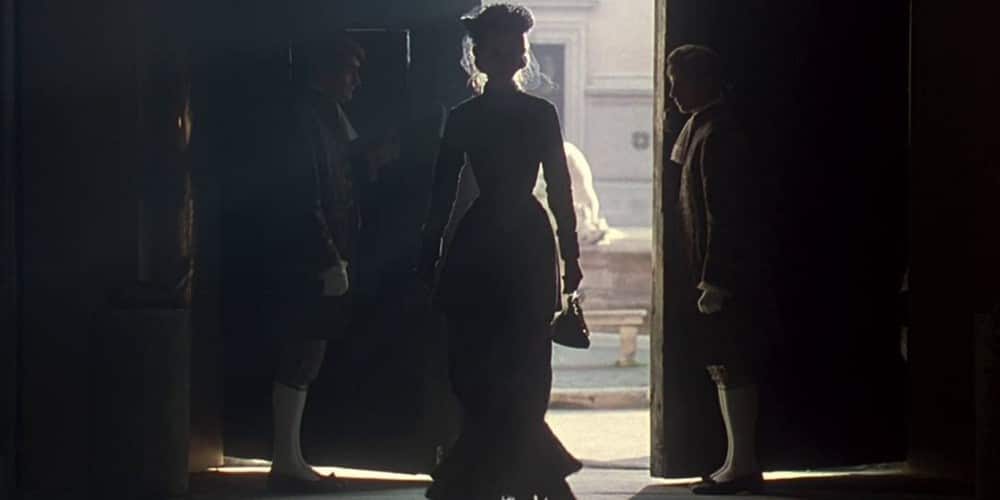
Campion thankfully doesn’t turn James’ tale into any sort of a morality play, leaving it to the audience to judge the choices Isabel has made. The ending is breathlessly ambiguous. Will she return to her cage and her cruel marriage? Or will she embrace the scandal (and fulfillment) of a life apart? After Ralph’s funeral, Isabel flees Goodwood’s advances yet again, only to turn around at the last moment, her face pensive, considering. She stands alone, poised in the moment between weighing and deciding, leaving it for us to choose for her. Like Ada McGrath, who simultaneously lives and dies at the ending of The Piano, Isabel Archer exists in both places, free but penniless or secure but unloved. Desire or Duty, it’s the uncertainty that makes Campion’s Portrait such a masterpiece.

